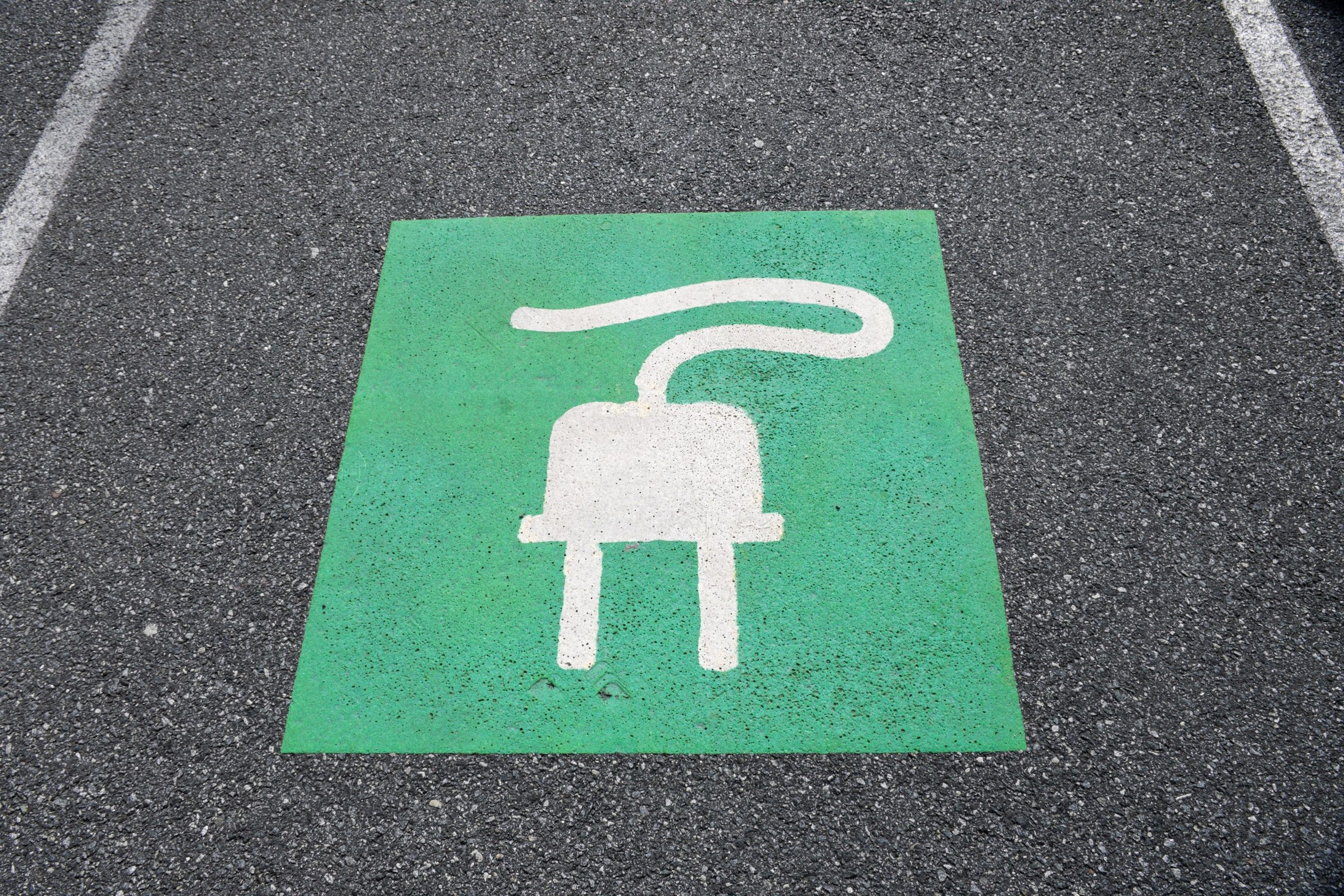Points of contact
One area, for instance, is the need for consideration being given to the ability to recharge vehicles, to facilitate long journeys and lengthy battery timespans. This has led to a great deal of investment in infrastructure projects that have allowed far greater use of these vehicles on a national scale. EVs are a much more common sight on our roads as a result. But lengthy charging times have to be factored in and it has changed how we plan a long journey, or even a work commute.
Any new-build designs – of houses or commercial premises – should these days include efficient charging points as a matter of course. The same is true of garages and car parks. The lack of widespread availability of electric charging points at garages must be something like when ‘horseless carriages’ (cars) first arrived on the roads and there were no filling stations. It’s an infrastructure issue that must be addressed by designers and planners, if EVs are here to stay.
Designed for purpose
It’s interesting to note that innovations in one area lead people to look at affiliated areas too. When city planners and retailers are looking at designing car parks, they need to give consideration to the types of vehicles using them.
As surveyors, we are often involved in infrastructure projects that include car parking areas and we have noticed subtle changes in designs to accommodate innovation. One aspect is the size of cars that need to access these car parking spaces. Many of the larger SUVs and 4×4 family vehicles are much larger than the average car, while other vehicles are much smaller and purposefully designed to take up less parking space. As a result, car park designers incorporate areas of shorter spaces or larger spaces into the overall car park design.
Structural considerations
Another forced innovation is that EVs are much heavier, which will cause changes to the building’s engineering requirements, and multi-storey car parks won’t be able to hold as many vehicles. This will mean that when car parks are being designed or redesigned, a structural engineer will have to take this increased load into account when structural tolerances are calculated. If this is the case, then either car parks will have to take up a bigger footprint, require more land or floors to be built – or they will have less capacity. This is important when it comes to populated urban areas, where there is a large proportion of parking that is required on a permanent basis, as little roadside parking is available at housing complexes or apartment blocks.
As geospatial surveyors, creating drawings for planning is one of the key areas we work in and being part of the process allows us to appreciate how and why innovation takes place. To see it in action makes us realise the differences that can be made.








